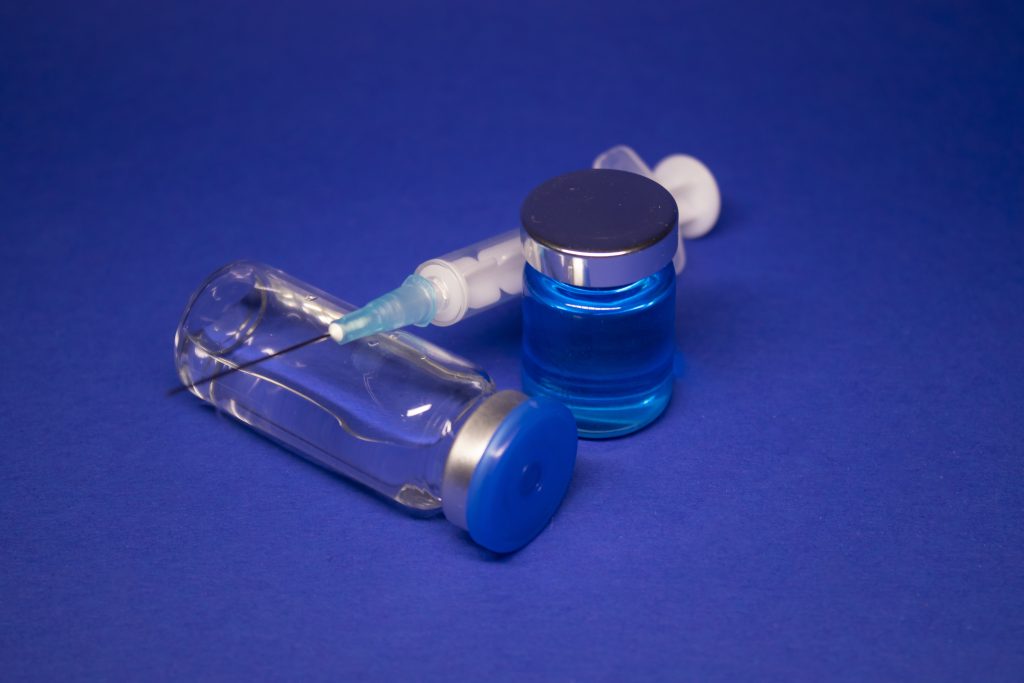Introduction:
In the intricate world of pharmaceutical manufacturing, adherence to IV solution guidelines is paramount. IV solutions, vital for delivering medications and fluids directly into patients’ veins, require meticulous attention to detail to ensure safety and efficacy. Let’s embark on a journey through essential guidelines for pharmaceutical manufacturers, simplifying complex concepts to help you navigate this critical aspect of healthcare production.
Understanding IV Solution Guidelines:
Before delving into specifics, it’s crucial to grasp the significance of IV solution guidelines. These guidelines serve as a roadmap, outlining best practices and regulatory requirements to safeguard patient health. By adhering to these guidelines, manufacturers ensure that IV solutions meet stringent quality and safety standards, inspiring confidence among healthcare providers and patients alike.
Selection of Manufacturing Equipment:
The first step in aligning with IV solution guidelines is the selection of appropriate manufacturing equipment. Cutting-edge machinery designed for pharmaceutical applications is essential to maintain the purity and integrity of IV solutions. From mixing tanks to filling machines, each component must meet stringent quality standards and undergo regular maintenance to prevent contamination and ensure consistency in product quality.
Ingredient Procurement and Verification:
Next, manufacturers must carefully source and verify the quality of ingredients used in IV solution production. Pharmaceutical-grade components are a non-negotiable requirement, necessitating close collaboration with trusted suppliers. Rigorous testing protocols ensure that raw materials meet purity and potency specifications, mitigating the risk of impurities and ensuring the safety of the final product.
Adherence to Regulatory Standards:
Compliance with regulatory standards is the cornerstone of IV solution manufacturing. Regulatory bodies such as the FDA (Food and Drug Administration) and EMA (European Medicines Agency) set forth stringent requirements to protect patient safety and ensure product efficacy. By staying abreast of regulatory updates and implementing robust quality management systems, manufacturers demonstrate their commitment to upholding the highest standards of quality and safety.
Implementation of Good Manufacturing Practices (GMP):
Good Manufacturing Practices (GMP) form the foundation of pharmaceutical manufacturing, encompassing a broad range of guidelines and protocols. From facility design to personnel training, GMP ensures that every aspect of production adheres to predefined standards. By implementing GMP principles, manufacturers minimize the risk of errors and contamination, fostering a culture of excellence and continuous improvement.
Quality Control and Assurance:
Throughout the manufacturing process, stringent quality control and assurance measures are essential to verify product integrity. Regular testing for purity, potency, and sterility ensures that IV solutions meet predefined specifications. Any deviations from quality standards prompt immediate corrective actions, preventing potential risks to patient safety and maintaining product consistency.
Continuous Monitoring and Improvement:
The journey towards IV solution excellence is a continuous one, requiring ongoing monitoring and improvement initiatives. Regular audits, process optimization, and feedback mechanisms enable manufacturers to identify areas for enhancement and implement proactive measures to address them. By fostering a culture of continuous improvement, companies uphold the principles of IV solution guidelines and drive excellence in pharmaceutical manufacturing.
Conclusion:
In conclusion, adherence to IV solution guidelines is paramount for pharmaceutical manufacturers seeking to deliver safe and effective products to patients worldwide. By prioritizing quality, compliance, and continuous improvement, companies can navigate the complexities of IV solution production with confidence and integrity. Together, let’s uphold the highest standards of pharmaceutical manufacturing and ensure the well-being of those who rely on IV solutions for their healthcare needs.

IV FLUID SOLUTION LINE


